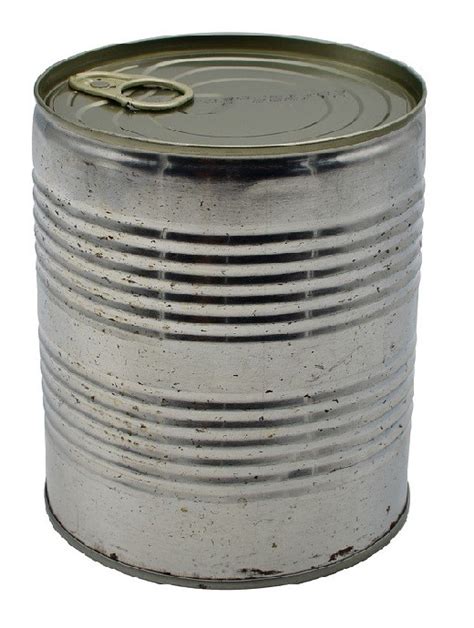How to break strength plateaus and continuously build muscle for peak performance?

Conquering Strength Plateaus: A Roadmap to Continuous Muscle Gain
Every dedicated lifter eventually faces the frustrating wall of a strength plateau. That moment when your numbers stall, and progress seems to grind to a halt. While disheartening, plateaus are a natural part of the muscle-building journey and, crucially, they are not insurmountable. Breaking through them requires a strategic, multi-faceted approach that extends beyond simply ‘lifting more.’ By understanding the underlying principles of muscle adaptation and recovery, you can unlock continuous growth and push towards your peak performance.

The Cornerstone: Mastering Progressive Overload
At its heart, muscle growth is an adaptive response to stress. For your muscles to grow stronger and larger, they must be consistently challenged beyond their current capacity. This fundamental principle is known as progressive overload, and it’s the bedrock of any successful muscle-building program. When progress stalls, it often means your current progressive overload strategy needs a re-evaluation.
Varieties of Progressive Overload:
- Increase the Weight: The most straightforward method. Gradually adding more weight to the bar as you get stronger.
- Increase Reps or Sets: If weight isn’t an option, performing more repetitions or adding an extra set can provide the necessary stimulus.
- Improve Form and Time Under Tension (TUT): Executing exercises with stricter form, slowing down the eccentric (lowering) phase, or pausing at peak contraction can increase the challenge with the same weight.
- Decrease Rest Times: Reducing the rest intervals between sets can increase the metabolic stress on your muscles, promoting growth.
- Increase Frequency: Training a muscle group more often, assuming adequate recovery, can lead to faster adaptations.

Strategic Training Adjustments for Breakthroughs
When straightforward progressive overload no longer yields results, it’s time to introduce more sophisticated training strategies to shock your system and stimulate new growth pathways.
Periodization and Program Variation:
Running the same workout routine indefinitely is a surefire way to hit a plateau. Your body adapts. Implementing periodization – systematically varying your training variables (intensity, volume, exercise selection) over time – is key. This could involve:
- Macrocycles: Long-term plans (e.g., 6-12 months) focusing on different goals (strength, hypertrophy, power).
- Mesocycles: Shorter blocks (e.g., 4-6 weeks) within a macrocycle, often dedicated to specific rep ranges or training styles.
- Microcycles: Weekly variations in volume or intensity.
Don’t be afraid to change your exercises, rep ranges (e.g., switch from 5×5 for strength to 3×10-12 for hypertrophy), or even the order of your exercises. Introduce variations like drop sets, supersets, giant sets, or forced reps to increase intensity.
Accessory Work and Weak Point Training:
Often, a plateau in a compound lift (like a squat or bench press) is due to a weak link in the kinetic chain. Incorporate accessory exercises that specifically target these weaknesses. For example, if your bench press is stuck, focus on triceps extensions, dumbbell presses, and rotator cuff work. Strengthening these supporting muscles can have a profound impact on your main lifts.

The Power of Deload Weeks:
Continuously pushing your body to its limits without adequate breaks leads to cumulative fatigue and overtraining. A deload week, typically every 4-8 weeks, involves significantly reducing your training volume and/or intensity (e.g., 50-60% of your usual lifts for fewer sets/reps). This allows your central nervous system to recover, repairs microtrauma, and often leads to a surge in strength and performance once you return to your regular training.
Beyond the Gym: Nutrition and Recovery Are Paramount
Your efforts in the gym are only as effective as your commitment to recovery and proper fueling outside of it.
Optimal Nutrition for Growth:
- Caloric Surplus: To build muscle, you generally need to consume more calories than you burn. Aim for a modest surplus (250-500 calories above maintenance) to support growth without excessive fat gain.
- Adequate Protein Intake: Protein is essential for muscle repair and synthesis. Target 1.6-2.2 grams of protein per kilogram of body weight per day, spread evenly throughout your meals.
- Carbohydrates and Fats: Don’t neglect these macronutrients. Carbohydrates fuel your workouts and replenish glycogen stores, while healthy fats are crucial for hormone production and overall health.
- Hydration: Water is critical for all bodily functions, including nutrient transport and athletic performance.

Prioritizing Recovery:
- Sleep: This is arguably the most underrated component of muscle growth. Aim for 7-9 hours of quality sleep per night. During deep sleep, your body releases growth hormone and repairs tissues.
- Stress Management: Chronic stress elevates cortisol levels, which can hinder muscle growth and recovery. Incorporate stress-reducing activities like meditation, yoga, or hobbies.
- Active Recovery: Light cardio, stretching, foam rolling, and mobility work can enhance blood flow and aid in recovery without adding undue stress.
Listen to Your Body and Stay Consistent
No two individuals are exactly alike. Pay attention to your body’s signals. Are you constantly fatigued? Experiencing persistent aches? These might be signs of overtraining or insufficient recovery. Adjust your training or lifestyle accordingly. Finally, consistency is non-negotiable. Breaking plateaus and building muscle is a marathon, not a sprint. Track your progress, celebrate small victories, and remain patient and persistent. The path to peak performance is paved with intelligent effort and unwavering dedication.









